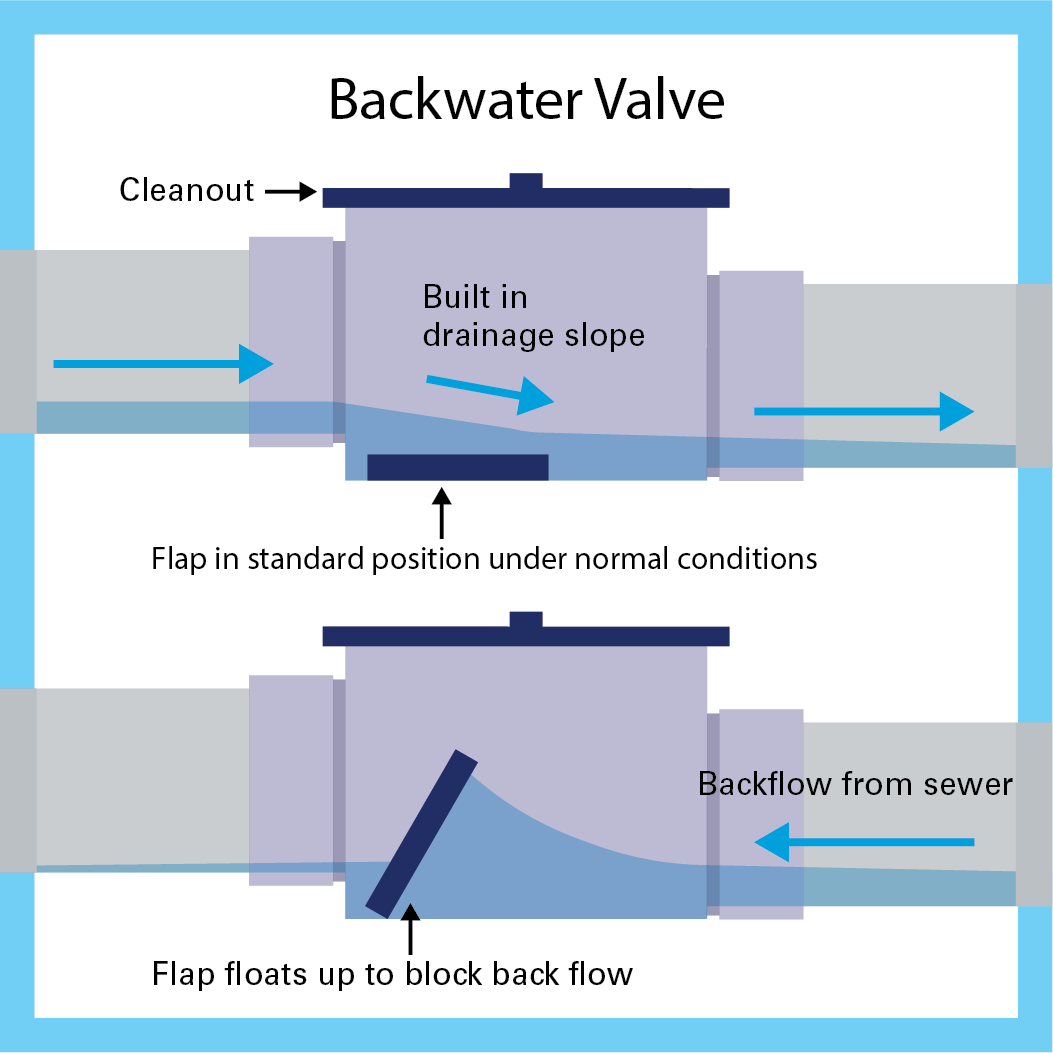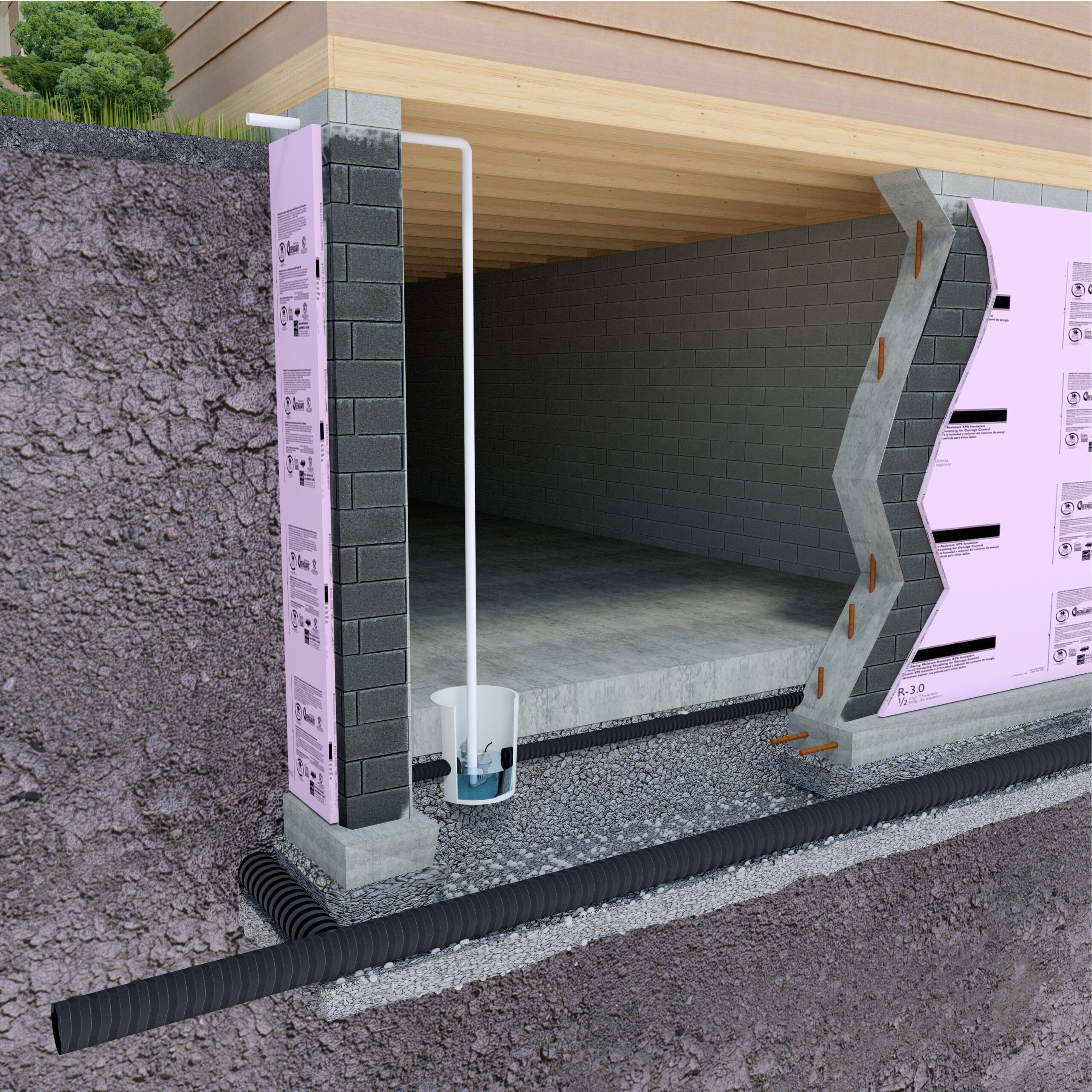Understanding Backwater Valves
Sewage backup into your basement can be a big mess. Especially if your neighborhood has flash floods and severe rain often. While many municipalities prioritize drainage and sewage systems for maintenance, you can’t always rely on their ability to keep your home safe. As a solution, majority of homeowners defer to Backwater Valve Device Installations.

What are Backwater Valve Systems?
In summary, backwater valves protect outbound water from re-entering into a home through drainage pipes. It consists of a valve (flap) which allows water to exit the zone, while preventing it from flowing back—thus the term “backwater.”
A backwater valve is usually installed in the basement and has a cover which can be easily removed for maintenance. The cover can be round or rectangular, depending on the make and model. Fortunately, if you already have a sump pump installed, the backwater valve should be nearby.
Why Are Backwater Valves Important?
It always boils down to cost.
Backwater systems prevent costly water damage expenses, and ensures your property & it’s structural integrity is best prepared for flooding. It’s core function is to block sewage from entering the sewer line when water backs up. Without it, you run the risk of destroying your basement if municipal sewage cannot accommodate the amount of incoming water.
In summary, not having a Backwater Valve installed in your home is a risk—one that if prolonged, can damage your basement and destroy personal property, and cherished items.
Do I Need a Backflow Valve Installed?
In most cases, it’s always recommended to have one Installed. That said, the areas most at risk are those which experience heavy rainfall over a short duration, or those regions which experience frequent flash floods. Older homes are particularly at risk, since it’s likely the type of plumbing they have is outdated.
Conveniently for new homeowners, The National Plumbing Code has mandated that a backwater valve be installed for every new build. As a precaution, it’s always best to understand where in your home it is for maintenance purposes.
What’s The Difference Between A Backflow and Backwater Valve?
A backflow preventer is responsible for protecting the clean water supply line. This ensures the water you drink, shower, and brush your teeth with meets an acceptable standard of cleanliness.
The difference is that a backwater valve is responsible for protecting the integrity of your sewage line. They both play a critical role in ensuring proper health & safety measures are in place.
Are Backflow Valves Expensive?
The cost varies, depending on whether your installing one as part of a new build, or retrofitting an existing home. The same can be said about the labor cost associated with facilitating the completion of the install. The hourly rate also depends on the standard price set forth by the contractor providing a quote. The parts & material can cost up to $1,000 depending on the make and model.
Coldstream Plumbing provide free consultation services for backflow preventers AND backflow valves. Talk to an expert today.




